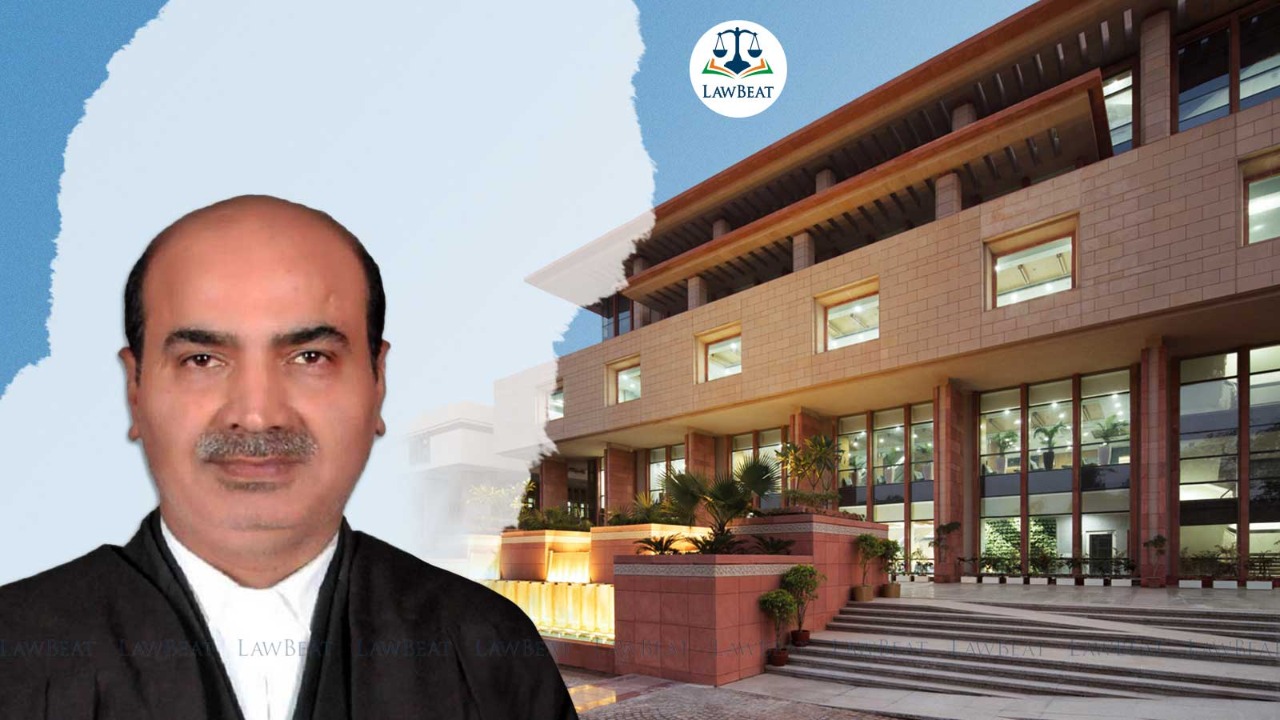Delhi HC Directs Centre To Reply In 2 weeks In A plea Seeking Adoption Of Holistic Integrated Medical Approach

Ashwini Upadhyay seeks the adoption of the Indian Holistic Integrated Medicinal Approach rather than the Colonial Segregated way of Allopathy, Ayurveda, Yoga, Naturopathy, Unani, Sidda, and Homeopathy to secure the right to health.
On Thursday, a division bench of Chief Justice Satish Chandra Sharma and Justice Subramonium Prasad of the Delhi High Court directed the Centre to file a reply in two weeks in a plea seeking the adoption of an Indian Holistic Integrated Medicinal Approach.
The court was hearing a Public Interest Litigation (PIL) by practicing lawyer and BJP leader Ashwini Kumar Upadhyay seeking directions to the Centre to adopt the Indian Holistic Integrated Medicinal Approach rather than Colonial Segregated way of Allopathy, Ayurveda, Yoga, Naturopathy, Unani, Sidda, and Homeopathy to secure the right to health.
During the hearing, the counsel for Patanjali Research Institute informed the bench that they had filed an intervention application and sought their impleadment in the matter.
The court directed the counsel for Patanjali to place on record their application of impleadment within one week, and also directed the counsel for the Union of India to place on record their response within two weeks.
Accordingly, Court listed the matter for further hearing on November 11, 2022.
The plea seeks to implement a Holistic Integrated Common Syllabus and Common Curriculum of Allopathy, Ayurveda, Yoga, Naturopathy, Unani, Siddha, and Homeopathy for all medical colleges to secure the right to health.
Upadhyay submitted that despite huge investment, the current health care system in India is not able to meet its standards and benefits the Indian population to fight against acute and chronic diseases.
Health care delivery in India is classified under three categories primary, secondary and tertiary care. All three levels need to work cohesively to help deliver healthcare on all four pillars.
The petitioner submitted that in the healthcare system in India, sub-centers and primary health centers subsidize the primer level of HCS. However, hospitals and medical colleges are considered at the tertiary level of HCS.
The petitioner further submitted that on September 15, 2020, in Rajya Sabha on the question of availability of doctors per capita, the Minister of State, Ministry of Health and Family Welfare said that as per information provided by the Board of Governors in suppression of Medical Council of India (MCI), 12,55,786 Allopathic doctors are registered in MCI.
Assuming 80 percent availability, it is estimated that around10 lakh doctors may be available for active service. It gives a doctor-population ratio of around 1:1500 as per the current population estimate.
“There are 7.88 lakh Ayurveda, Unani, and Homeopathy (AUH) doctors. Assuming 80 percent availability, it is estimated that 6.30 lakh AUH doctors may be available for service and considered together with allopathic doctors, it gives a doctor population ratio of around 1:1000,” the plea stated.
“To establish an integrated medicinal system, the government has already made certain amendments to enable these provisions to become a part of health care policies. But so far adopted strategies are not sufficient to provide an adequate platform for an integrated medicinal approach. Therefore, it is mandatory to make appropriate amendments to legalize the status of the integrated medicinal system,” read the plea.
Case Title: Ashwini Kumar Upadhyay v. Union of India & Ors.
